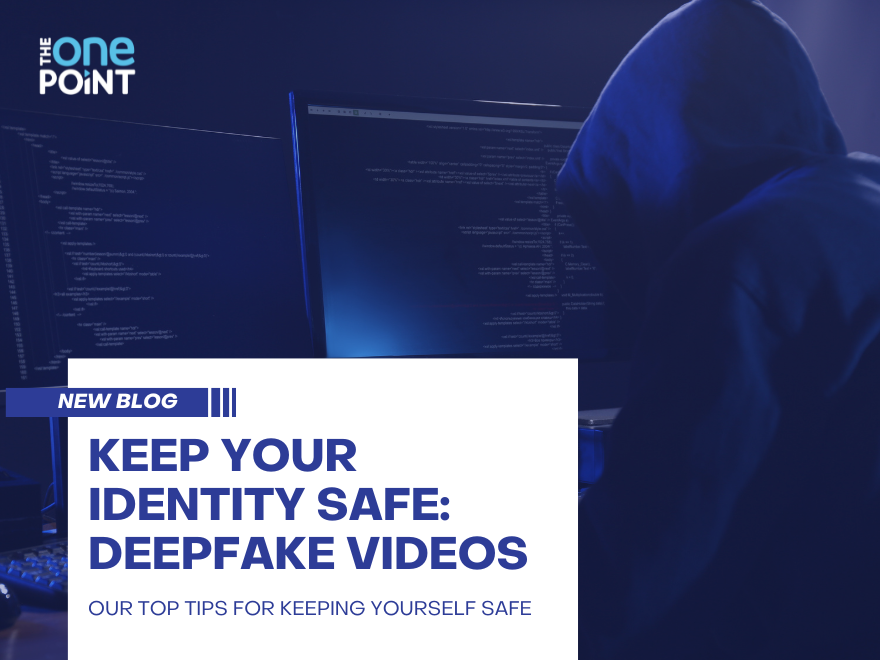Book a Free IT Security Audit for your business
0333 247 6000
help@theonepoint.co.uk
AboutContactLets Chat











IT Support
Fixed Price Unlimited IT Support
Cyber Security
Cloud Backups
Tailored Provisioning
Remote Monitoring
IT Training
Microsoft Services
M365
Azure
Sharepoint
Teams
In Tune
We are Microsoft Experts

Get the most out of Microsoft services with our help
AboutContact










 Book a MeetingHealthcareEducationManufacturingLogisticsLawInsuranceCharityFinanceEstate AgentsHullLeedsNewcastleRest of UKSolutions Finder
Book a MeetingHealthcareEducationManufacturingLogisticsLawInsuranceCharityFinanceEstate AgentsHullLeedsNewcastleRest of UKSolutions Finder
Core Services
IT Support
Cyber Security
VoIP
Business Mobiles
Digital Services
Connectivity
GP Call
IT Support
Cyber Security
VoIP
Business Mobiles
Connectivity
Digital Services
Schedule Consultation
Cloud backups
Safe and secure storage.
Microsoft Sharepoint
Easy team communication.
MDM
Simplify mobile security.
Call Centres
Unite your team.
Network Management
Hassle free performance.
AboutContact
Book a MeetingHealthcareEducationManufacturingLogisticsLawInsuranceCharityFinanceEstate AgentsHullLeedsNewcastleRest of UKSolutions Finder








